Women have always been contributing significantly to the technology sector, but these contributions have been frequently overlooked and undervalued. Since Ada Lovelace's time in the 1800s, women have been shaping the technology industry into the dynamic and innovative space that we know today.
In this blog, we'll look at the careers of some of the most important female leaders in technology history. From Ada Lovelace, who created the first computer program in history, to Radia Perlman, who is referred to as "the mother of the internet" — these women have persevered, and left their mark on tech history despite numerous challenges and gender biases. They have proven to be an inspiration to future generations of women to pursue careers in technology by pushing the boundaries of what was once thought to be possible.
Ada Lovelace (1815-1852)
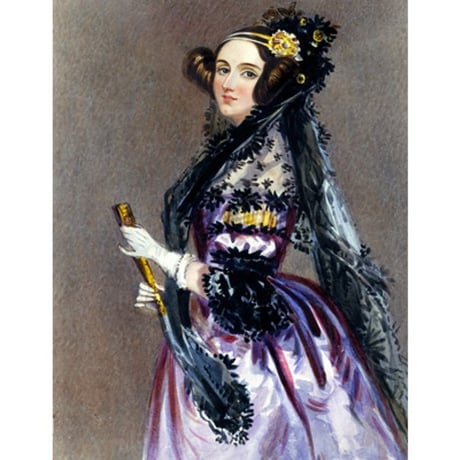
Augusta Ada Byron, later known as Ada Lovelace was born in London to the brilliant yet volatile poet Lord Byron and the well-educated, science and mathematics inclined Anne Isabella Milbanke. Ada was abandoned by her father at 1 month old and neglected by her mother — so much so that Ada was looked after by her maternal grandmother. After her grandmother’s death, Ada fell back into her mothers care where she was educated to a high level, particularly in mathematics and science.
At age 17 in 1833, Ada met Charles Babbage. He was a Mathematics Professor at the University of Cambridge (a position that has been held by the likes of Isaac Newton and Stephen Hawking). This meeting was actually what led to Ada becoming devoted to understanding the workings of Babbage’s machine - ‘the difference engine’ as well as other steam driven machines.
In 1842, Ada managed to get hold of a paper written in French called ‘Sketch of Charles Babbage’s Analytical Engine’ which she then translated into English. Gone were Ada’s days of obsessing over Charles’ ‘the difference engine’. Ada was now fixated on his ‘analytical engine’ and she wasted no time adding her own thoughts and notes to the now translated manuscript. Her notes included algebraic workings and calculations and even a vital solution for a “grave error” in Babbage’s Bernoulli Numbers which later came to be known as the Bernoulli Number algorithm. Hence why she later came to be called the world’s first computer programmer.
Ada continued her groundbreaking work, later discovering that the analytical engine was not restricted to just numbers alone, but could use computer algorithms to manipulate anything that could be converted into numbers as well (i.e the alphabet, images and music).
Hedy Lamarr (1914 - 2000)
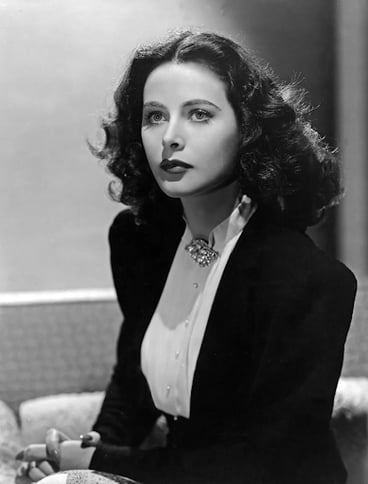
Hedy Lammar, previously known as Hedwig Eva Kiesler, was born in Austria in 1914. Her father, an educated banker, instilled and nurtured curiosity and intelligence within Hedy from a very young age. By the time Hedy was 10 years old she could play piano, dance and was proficient in 4 different languages. Additionally, lengthy discussions with her father about the inner workings of different machinery was commonplace throughout Hedy’s childhood.
In 1940, after her (relatively) successful acting career, Hedy met creative and curious George Antheil - an individual known for his film scores, explorative musical compositions and writing. With a war looming at that time, Hedy confided in Antheil that “she did not feel very comfortable, sitting there in Hollywood and making lots of money when things were in such a state.” This led to the two exploring ideas and solutions that could help their country defend against the Axis Powers.
Together, Hedy and George invented a new type of communication system for the purpose of leading torpedoes to their targets in war. The system worked by frequency hopping between different radio waves, preventing enemy interception and therefore enabling the torpedo to reach its destination.
We can confidently say that this invention was a success yet it was only years later that Hedy began to receive recognition for her work, receiving multiple prestigious awards and even being inducted into the National Inventors Hall for her frequency hopping technology after her death in 2000.
Mary Wilkes (1937)
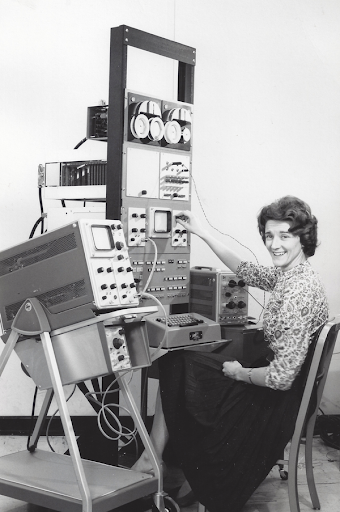
Mary Wilkes was born in Chicago, Illinois, in 1937. She was one of the 1959 Wellesley College graduates. After earning her undergraduate degree in philosophy, she then took up computer programming (fun fact: there is a common claim that she did this because of a dare from her eighth-grade geography teacher).
Mary went on to apply for a (no experience needed, only the ability to think logically) role at MIT. After landing that role and passing the test to become a programmer, Mary spent a lot of time working on large punch-card programmed computers before she was assigned to work on a much smaller computer with its own screen and keyboard. This computer was known as the LINC (Laboratory Instrument Computer), but later came to be known as a “minicomputer”. In a way, you could think of this minicomputer as a prototype for the personal computers we use today.
Although the LINC was officially designed by Wesley A. Clark and Charles Molnar, Mary wrote the system’s software. And while she left her programming days behind to pursue a career as a lawyer, the development of the LINC was considered a great success and milestone within tech history.
Adele Goldberg (1945)
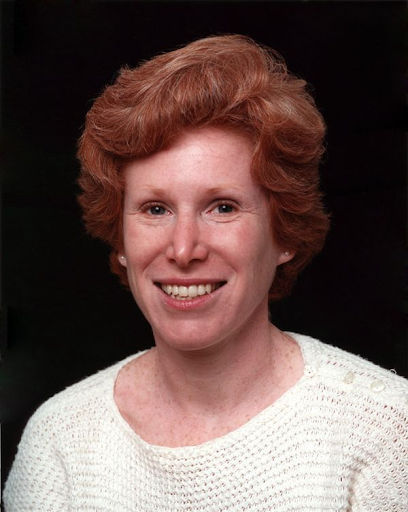
Adele Goldberg was born in Cleveland, Ohio in 1945 but moved to Chicago with her family when she was eleven years old. With a pointed interest in mathematics, Adele majored in the subject at the University of Michigan. She later graduated with a P.H.D in Information Science at the University of Chicago.
In the summer of 1973, Adele started working as a researcher at Xerox's Palo Alto Research Center (PARC). It was here that she became part of the team that would go on to create the programming language Smalltalk-80. This programming language was used to create one of the first modern graphics user interfaces that included windows, icons, menus, and pointers — technology that now forms part of our everyday tech.
Xerox's Palo Alto Research Center was visited by Steve Jobs and his engineers in 1979 for a demonstration of the Smalltalk-80 programming language. Adele tried to stop this from happening on account of her suspicions that Apple would try to appropriate the technology, but was overruled by the rest of her PARC team. Years later we now enjoy graphic user interfaces on Iphones, Ipads and Macbooks. You do the maths.
In 1990 Adele went on to receive PC Magazine’s Lifetime Achievement Award and in 2010 she was inducted into the Women in Technology International Hall of Fame.
Radia Perlman (1951)
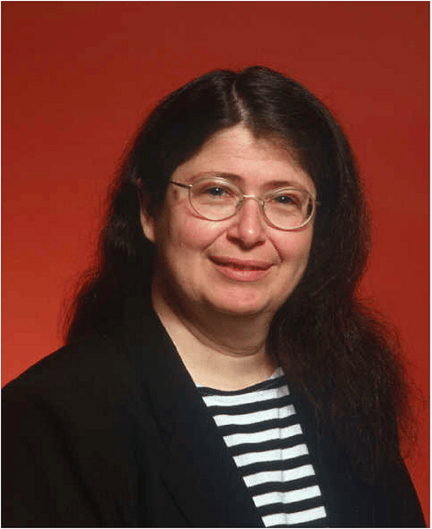
Born in Portsmouth Virginia in 1951, Radia Pearlman was the daughter of an engineer and a mathematician. It came as no surprise then that Radia herself grew up with a keen interest and dedication to mathematics and science. Inspired by a computing class at Stevens Institute of Technology, Radia came to consider a career in computer technology.
Graduating in 1976 with her Masters in Science specialising in mathematics, Radia went straight on to work for a network equipment software development company and then later accepted a role at Digital Equipment Corp in 1980. It was here that Radia Perlman created the Spanning Tree Protocol (SPT).
Okay, so bear with us for a moment while we get a bit technical. The STP is a link management protocol that monitors all the links of a network and disables the redundant link between two switches. Redundant links are added as a backup measure should the primary link fail. However, if the primary link and the redundant link are active at the same time, it creates a switching loop and stops the network from working.
Working as part of the basic foundation of internet traffic, it is the Spanning Tree Protocol that was instrumental in making today's internet possible. No surprises then that Radia Perlman is also now known by others as, “the mother of the internet.” However, this is a name that she herself does not claim because she believes the internet is not created by any single person. Maybe it's better then that we refer to her as "one of many internet parents".
Nope. It just doesn't have quite the same ring to it.
Despite the fact that there have been many famous women in technology who have made significant contributions and helped shape the field as it is today, women have long been underrepresented in the technology industry. To become leaders and role models in the tech industry, these women have broken down barriers and questioned conventional gender roles.
The influential women in tech history mentioned in this blog have encouraged the development of female tech leaders in the future and have demonstrated that women are just as capable as men when it comes to developing cutting-edge technologies. Their efforts have contributed to the development of an industry that is more diverse and inclusive, and their work has encouraged other women to pursue careers in technology.

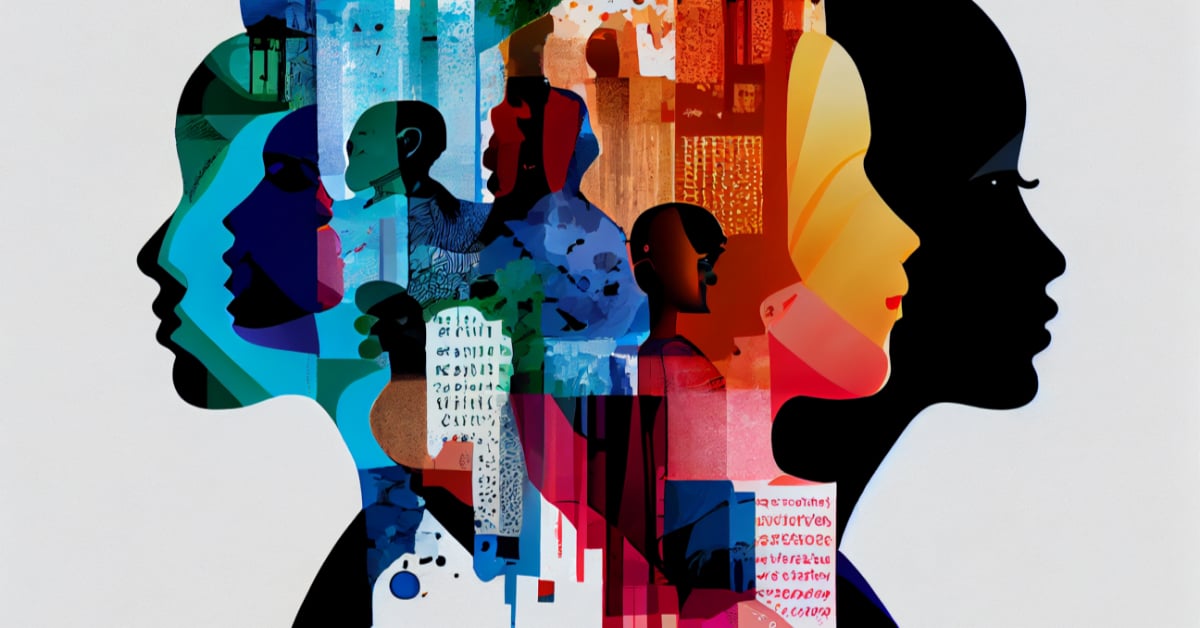
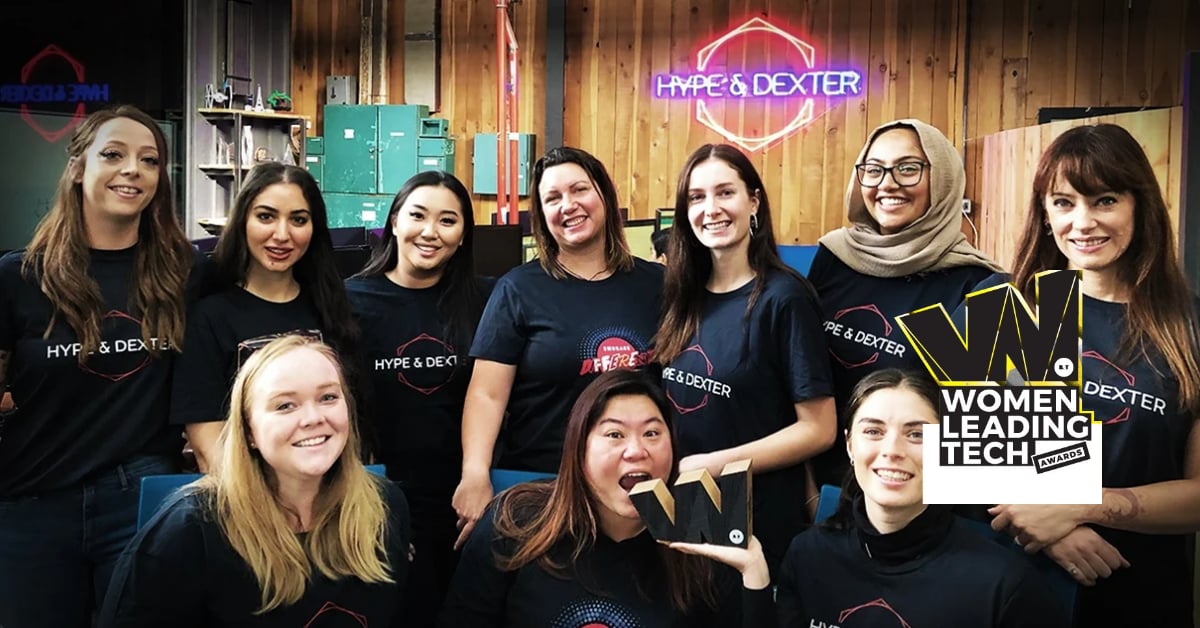
Comments